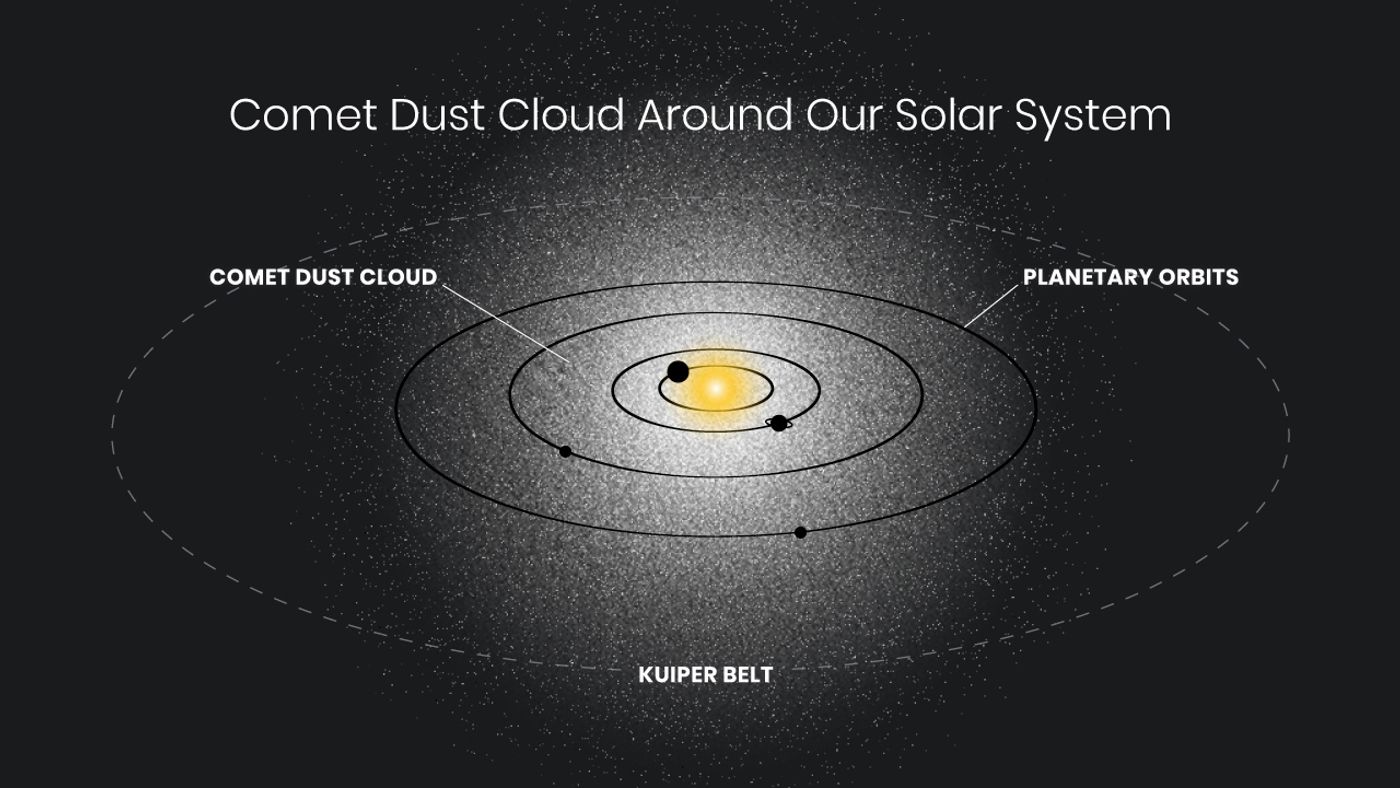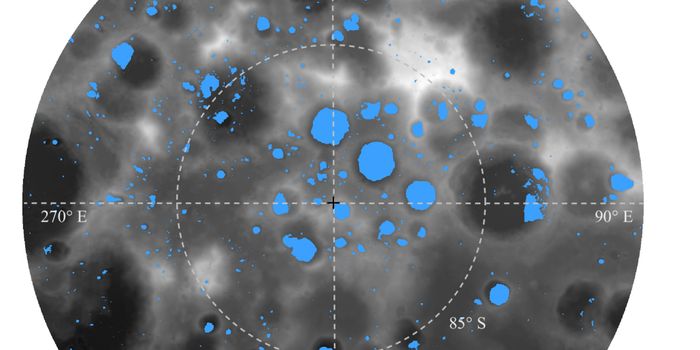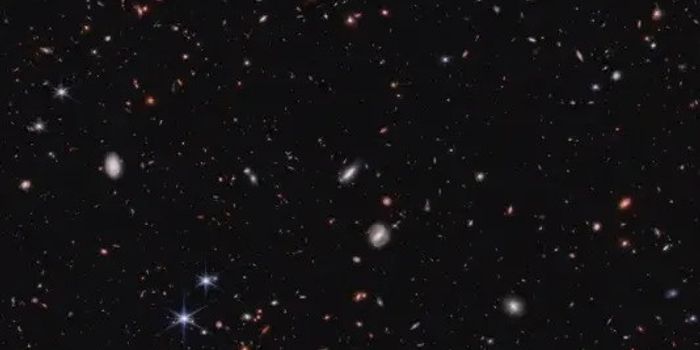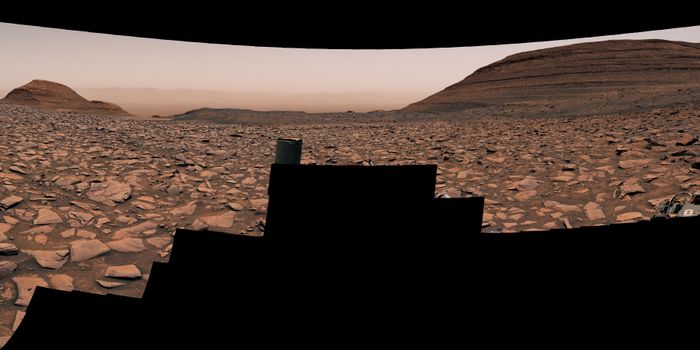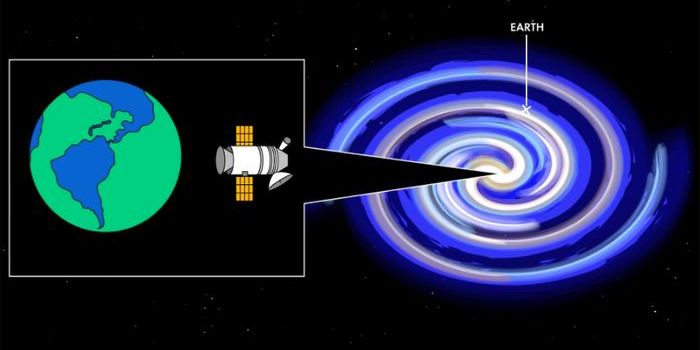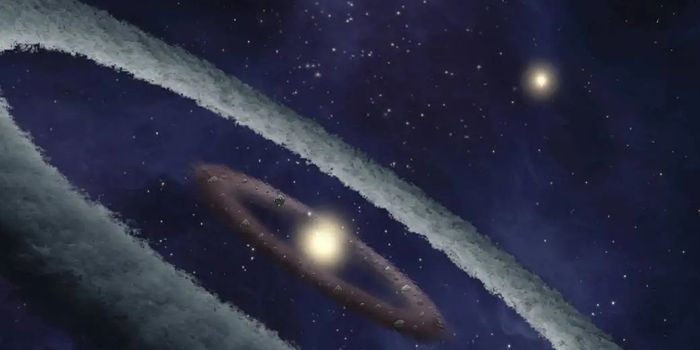A Faint Glow Was Detected in Our Solar System
How dark is space? That’s a question that some astronomers are trying to answer.
To do so, they sorted through 200,000 archival images from NASA’s Hubble Space Telescope and made tens of thousands of measurements on the images to detect any residual background glow. To measure this glow, the team had to subtract all the light from stars, galaxies, planets, and dust in the plane of our Solar System (also known as zodiacal light). After this subtraction, a faint glow was left over. This glow was extremely small, equivalent to the light produced by ten fireflies spread across the entire sky.
In 2021, another group of astronomers used data from NASA’s New Horizons spacecraft to measure the sky background. They also detected a glow, but one that was a bit fainter than what was measured using Hubble data. So, why the difference?
Hubble is located in orbit around Earth, whereas New Horizons was 4-5 billion miles from the Sun, in the outer reaches of the Solar System and looking outwards, when it made its measurements. This is far away from planets and asteroids, and also at a location where there is no contamination from interplanetary dust. The light detected by New Horizons has yet to be explained, but theories include the decay of dark matter and unseen galaxies. Because the residual light measured by Hubble exceeds the measurement from New Horizons, there is the implication that there is some source between these telescopes that is contributing to the sky background.
So, where does this light come from? One possible explanation for the glow is a new architectural element of the Solar System which has gone undetected until now. This could be a tenuous sphere of dust throughout the Solar System, extending past the orbit of Pluto. The light detected would be from sunlight reflecting off of the dust grains in this sphere. The source of the dust in the sphere is believed to be from comets – or “dirty snowballs.”
Comets are composed of dust, rock, and ice, and are remnants from the early Solar System. They orbit the Sun in extremely elliptical orbits, traveling from the very outer reaches of the Solar System and then near the Sun over hundreds to thousands of years. As comets approach the Sun, they leave behind trails of dust as their ice sublimates as it heats up. This process could uniformly distribute dust throughout the Solar System since comets fall toward the Sun from all directions.
This potential sphere of dust from comets has long been hypothesized, but has not been quantitively measured until now.
Source: Hubblesite
